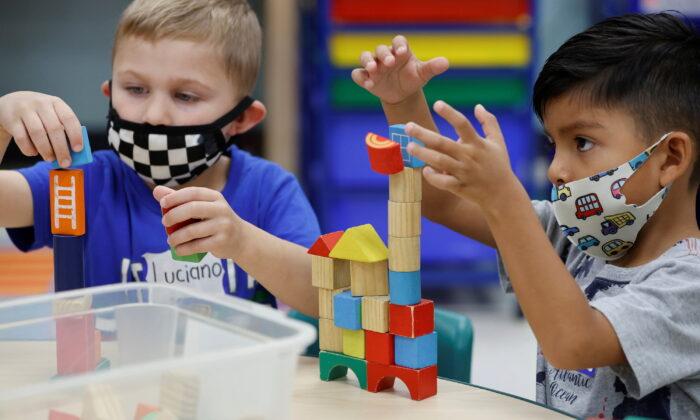Retailers are set for the strongest back-to-school shopping season on record as inflation drives up prices of clothes and supplies and more students return to physical classrooms after two years of pandemic-led disruption, a Deloitte forecast showed.
Spending is expected to jump 5.8 percent to $34.4 billion this year, Deloitte said on Thursday, citing an online survey of 1,200 parents of school-aged children.
The strong forecast is a positive sign for the retail industry whose prospects have taken a hit from a drop in American spending power due to soaring gas and food prices.
While one in three households say they are in a worse financial position than last year, according to the survey, average spending per student is still expected to rise 8 percent to $661. The figure represents a 27 percent rise from pre-pandemic levels.
“People are leaning into their savings. We are also seeing people reaching for credit ... and so they are making it happen,” Stephen Rogers, managing director at Deloitte’s Consumer Industry Center, said in an interview.
Data from the National Retail Federation (NRF), the world’s largest retail trade group, on Thursday also showed consumers were cutting down spending on other areas to cover back-to-school expenses, with total spending expected to match last year’s record $37 billion.
Deloitte said in-store shopping would account for nearly half of all spending in what is typically the second-biggest shopping event after the holiday season, with online shopping set for a slowdown following rapid growth over the pandemic.
The shopping season is also expected to occur earlier than usual, Deloitte added, as customers rush to snap up products on fears that supply chain disruptions could limit stocks.
“(Families) are taking whatever steps they can, including cutting back on discretionary spending, shopping sales and buying store- or off-brand items, in order to purchase what they need,” NRF CEO Matthew Shay said.






Friends Read Free